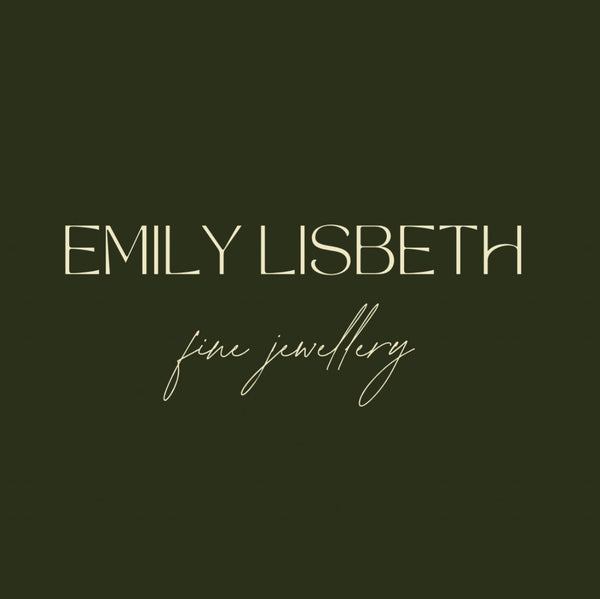Hallmarking has been around for over 700 years in the UK. It guarantees provenance and tells us not only the purity of the metal but who made it and where it was assayed (hallmarked). This information allows us to trace jewellery and silverware back hundreds of years and find the maker. How cool is that?
Contrary to popular belief, 925 stamped by itself does not constitute a hallmark. 925 makes up one of three compulsory marks. The sponsor mark (usually the maker's initials, in my case ELF), the fineness mark (eg 925) and the mark of the assay office who have independently tested (Leopard for London, Anchor for Birmingham etc). I am registered with both the Birmingham and London assay offices. London always applies the full conventional '5 mark' hallmark which has a couple of additions including the date. I think the date mark is hugely important for future research. We are making pieces designed to last a lifetime and become heirlooms of the future, who wouldn't want to know what year it was made? Also in a few hundred years when markings are beginning to wear away, having the extra marks will help a little more in researching provenance. This is what makes it so special.
Above is my hallmark for the London assay office. The end mark is the date letter which changes annually.
It's also a legal requirement to display the dealer's hallmarking notice. This should be displayed clearly at markets, fairs, shops and online (regardless of whether the precious metal you are selling is under the exemption threshold. If it's described as silver, gold or platinum you MUST display the sign). Many jewellers either aren't aware of this or are trying to fly under the radar. This is risky business as trading standards often spot-check jewellers at fairs. There are big fines and potential imprisonment.
Does it matter? it's not exactly the crime of the century.
Put bluntly, yes. Buying jewellery that's sold as precious metal and isn't hallmarked undermines the integrity of the tradition. After hundreds of years, it remains the easiest way of independently verifying the purity of the metal. It's there to protect us as consumers and by knowingly turning a blind eye allows those that don't follow the law to undercut the rest of us small jewellers. Hallmarking isn't cheap. We pay a fee to be registered with an assay office, the punches, the extortionate cost of insured delivery there and back (including the handling fee) and then there's the cost of the actual process. Add VAT to all of that and it makes for an expensive business but one that shouldn't be skipped. The UK are one of the very few countries that still use this great tradition and you don't have to look very far to see certain countries that have a major problem with fakes.
So next time you see people not following the law please do the whole industry a favour and don't give them your money.

